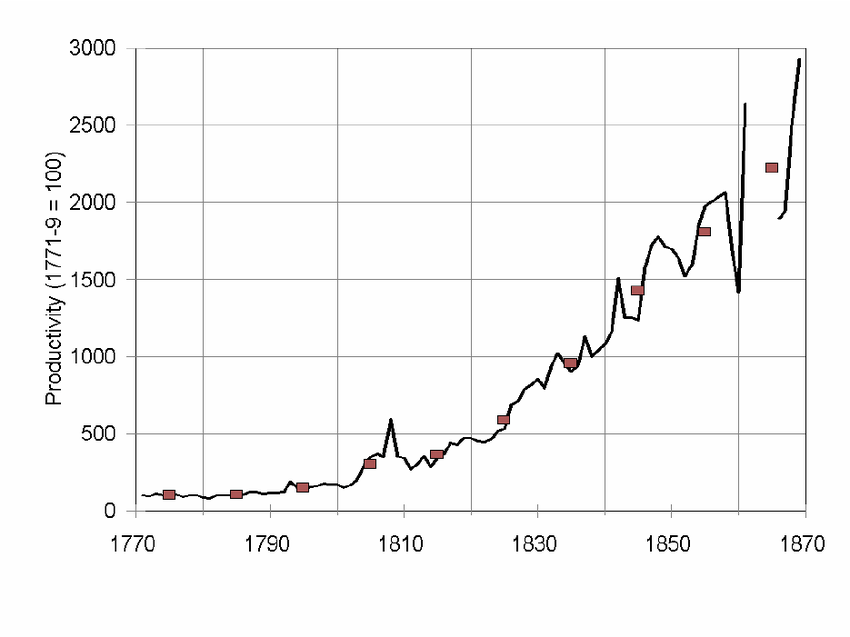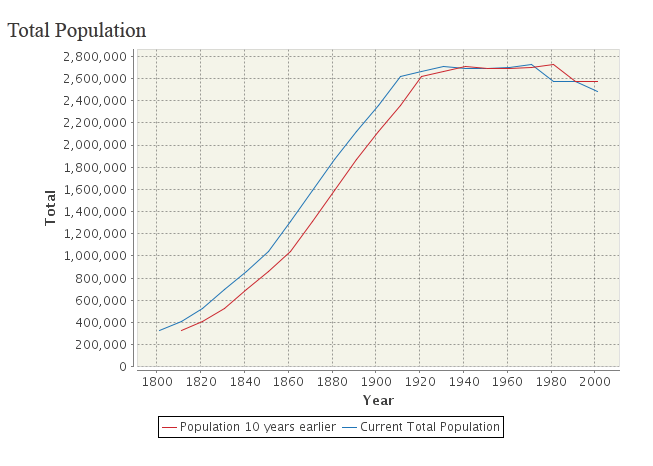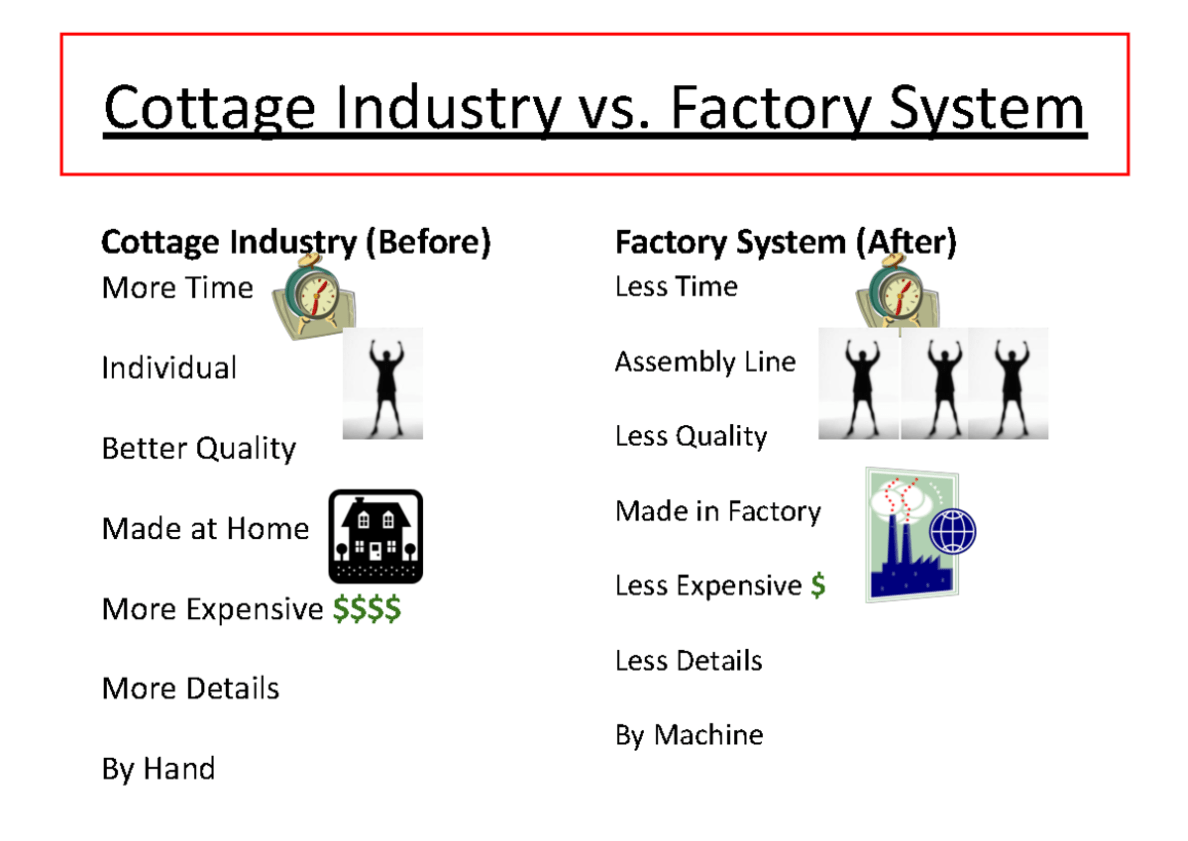This fossil fuel and nearby water power were a key energy combo that launched British industry.
What are coal and rivers (water power)?
This movement fenced off common lands, pushing many small farmers toward cities.
What is enclosure?
He improved the steam engine’s efficiency.
Who is James Watt?
Typical factory shifts often lasted this many hours or more per day.
What are 12–14 hours?
Policy meaning “hands‑off” government in business.
What is laissez‑faire?
A bar graph shows cotton output soaring 1800–1860. Name one reason.
What is new textile technology or steam power (e.g., spinning jenny, power loom, steam engine)?
Britain had this stable institution that protected property and contracts, helping entrepreneurs invest.
What is a stable government (or Parliament/legal system)?
This ag. method restored soil nutrients and boosted yields.
What is crop rotation?
This industry was first to industrialize.
What are textiles?
These organizations sought better pay, shorter hours, and safer conditions.
What are labor unions?
He argued markets are guided by the “invisible hand.”
Who is Adam Smith?
A map of Britain c. 1840 shows coalfields near early rails. This geographic pairing did what for costs?
What is lowered transport costs (faster, cheaper links mines↔mills)?
These raised capital for factories and railroads by pooling investors’ money.
What are banks (or joint‑stock companies)?
More food and mechanized farming freed workers, causing this process.
What is urbanization?
This water‑powered frame and later the power loom drove mechanized weaving.
What are the water frame and (power) loom?
One new class that expanded due to industry—shop owners, professionals, managers.
What is the middle class (bourgeoisie)?
Public ownership of the means of production describes this system.
What is socialism?
A population table shows Manchester’s boom. Name one cause and one effect.
Cause: factory jobs/rail links; Effect: overcrowding/pollution/disease.
Ports, harbors, and this natural feature cut transport costs inside Britain before rails.
What are navigable rivers/canals?
Name one social consequence of sudden city growth in the early 1800s.
What are overcrowding, pollution, disease, or poor sanitation?
His process made steel cheaper and stronger.
Who is Henry Bessemer?
Name two common factory hazards faced by workers.
What are unguarded machines, poor ventilation, lint/dust, toxic fumes, unsafe boilers?
He co‑wrote The Communist Manifesto with Engels.
Who is Karl Marx?
A chart compares cottage industry vs. factory system. Name two factory advantages.
What are economies of scale, standardization, faster output, lower prices?
Name two natural resources besides coal that gave Britain an edge.
What are iron ore and timber (accept iron; wool/cotton via empire; water power)?
(Daily Double)
This early law limited child labor and set basic safety/age rules in British factories.
What are the Factory Acts (accept Mines Act/Ten Hours Act with explanation)?
He launched the steamboat Clermont on the Hudson River.
Who is Robert Fulton?
This act limited the working hours of women and children in textile mills to ten per day.
What is the Ten Hours Act (1847)?
The predicted struggle between these two classes would, Marx believed, end capitalism.
Who are the bourgeoisie and the proletariat?
Name one way industrialization fed imperialism.
What is need for raw materials/markets/investment outlets?